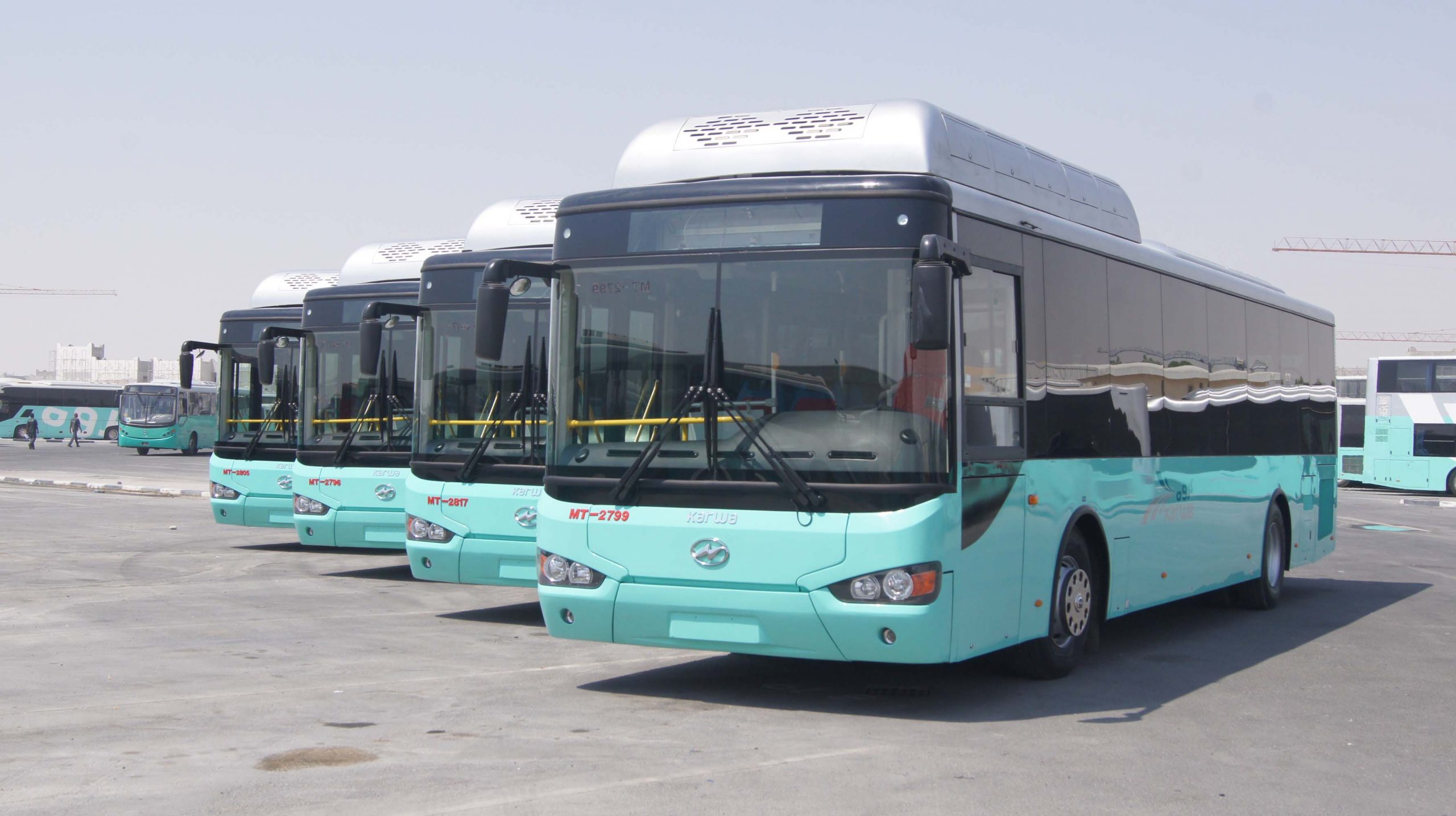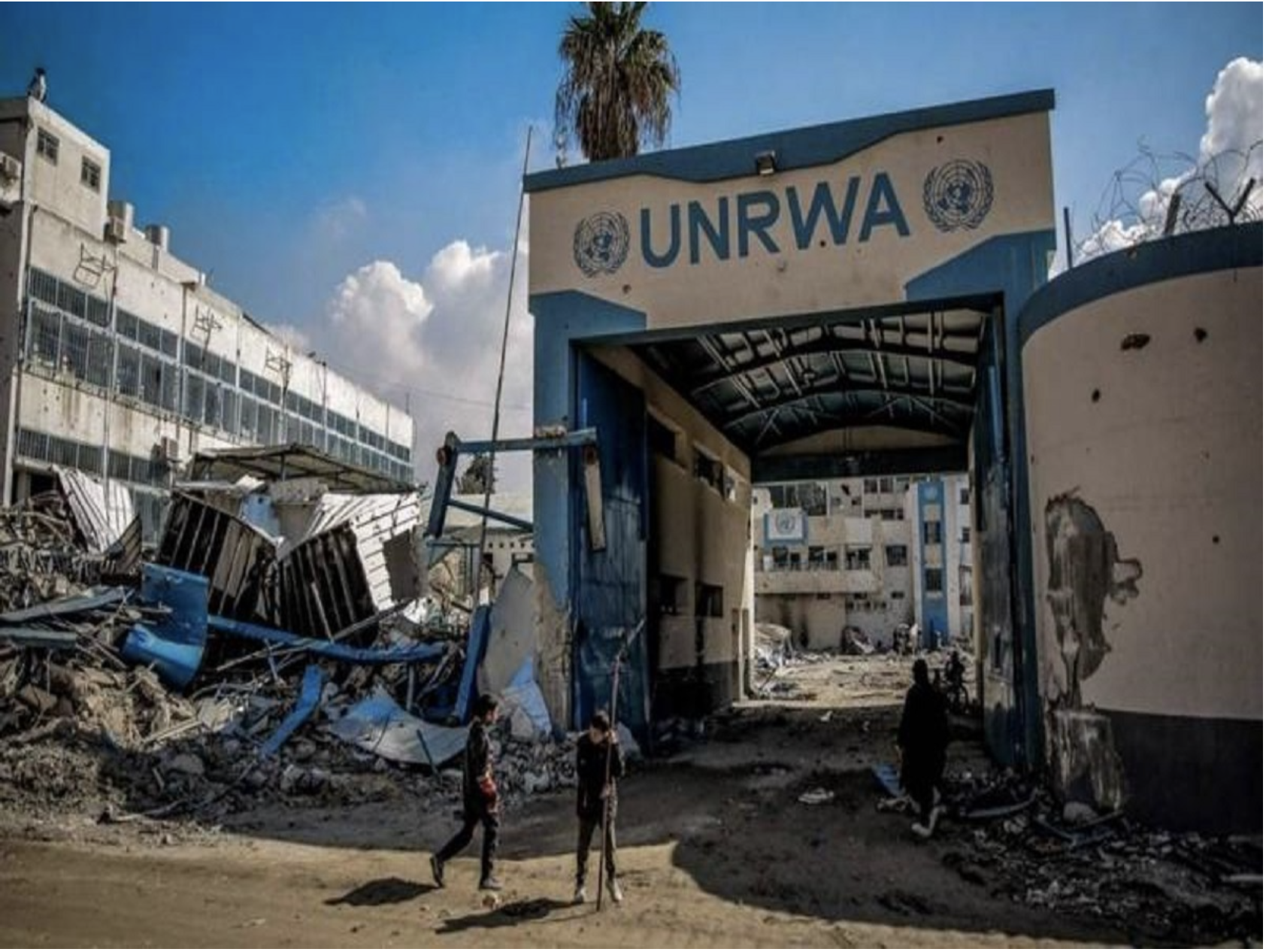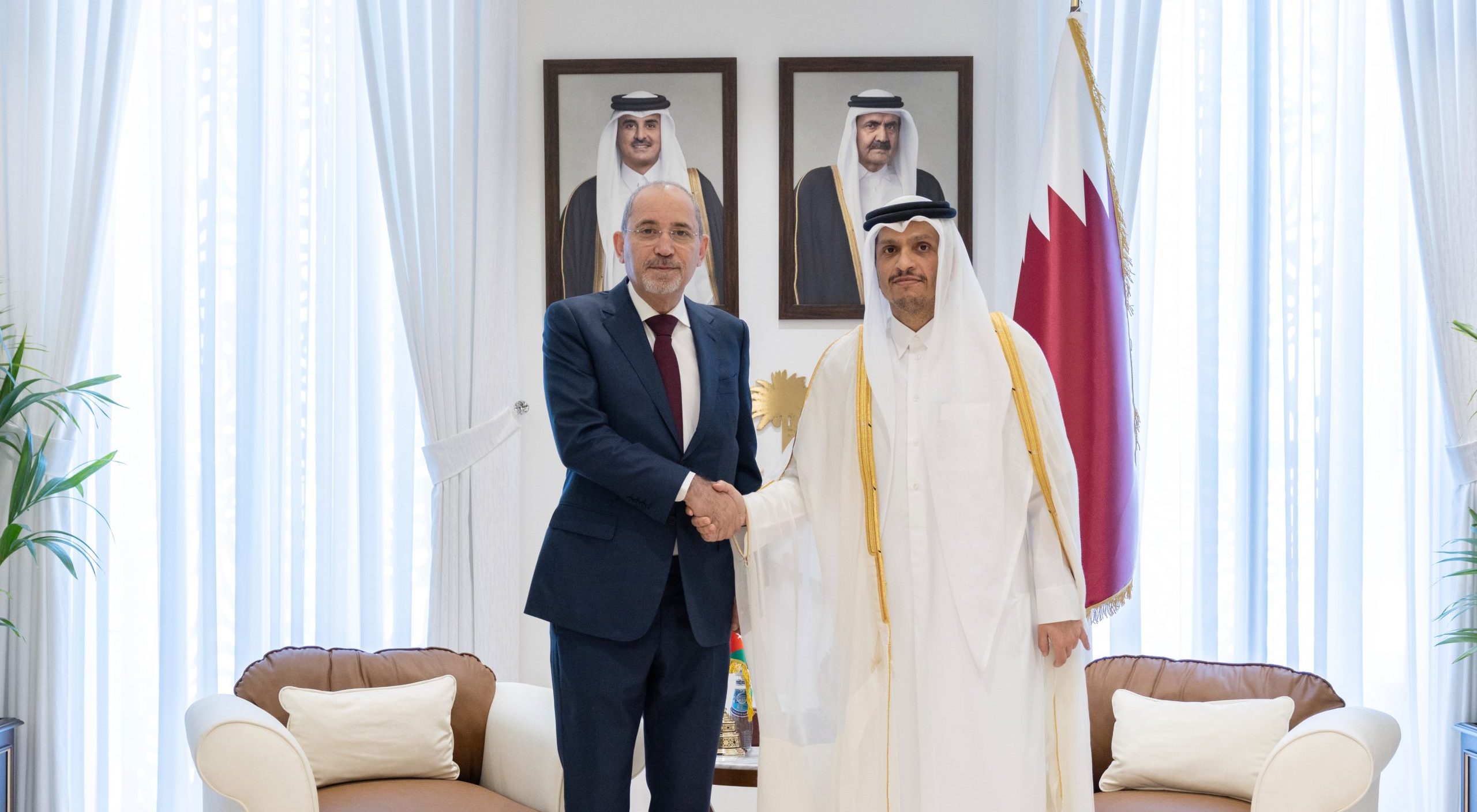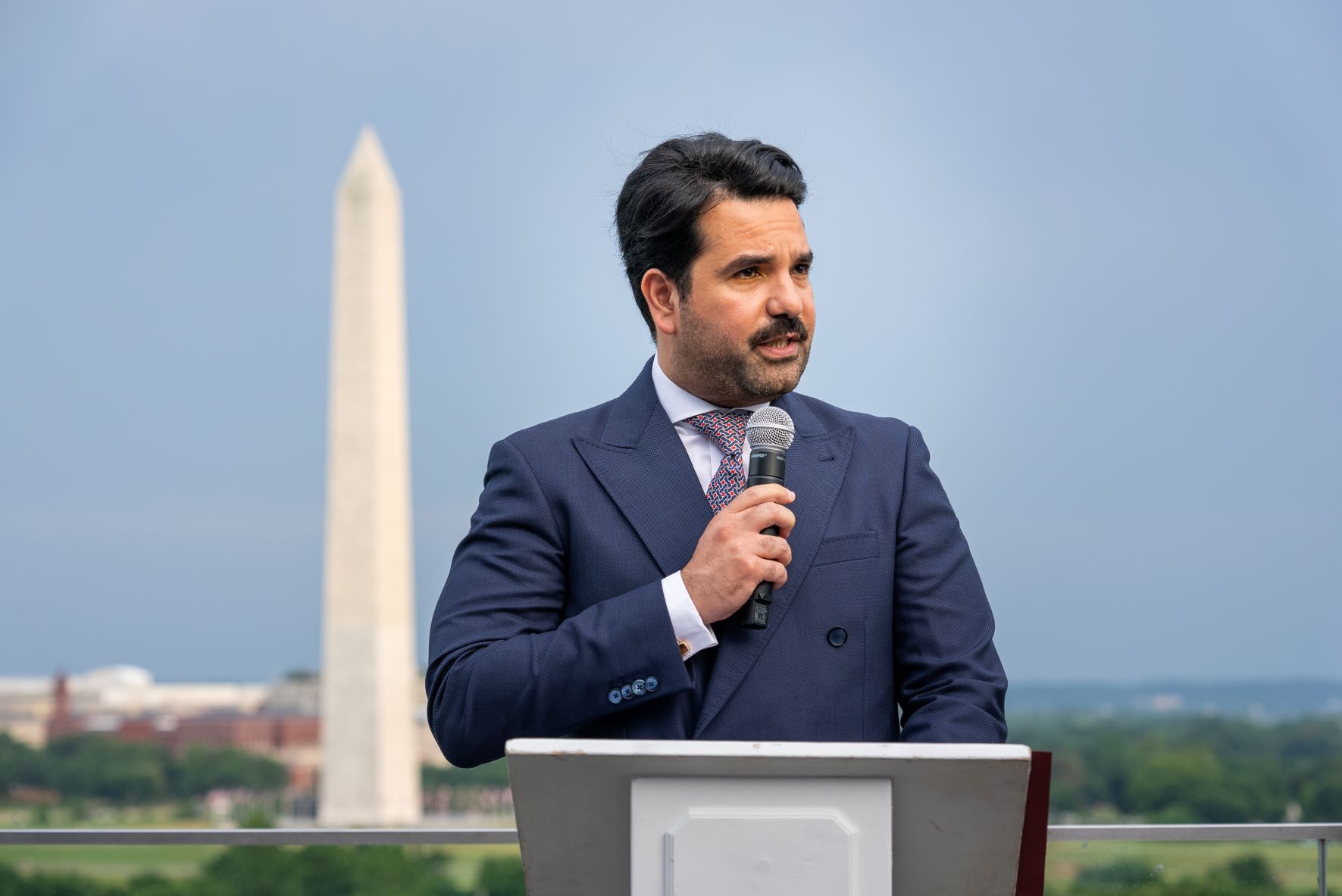
With reporting from Nadine Armoush
Despite declining public demand and limited interest among parents in Qatar to send their children to school on buses, the country’s state-owned transportation firm has announced plans to massively increase its fleet size in the coming years.
That includes increasing the number of school buses 42 percent to 780 vehicles, Mowasalat officials said at a press conference yesterday.
To encourage parents to actually use the service, the company has been experimenting with a new smartphone app that would allow school buses carrying children to be tracked via GPS.
Speaking to Doha News, executive director Nasser Al Khanji said that some 80 buses from three schools would initially be outfitted with the technology as part of a three-month trial starting in time for the start of the new school year in September. He added that the GPS service would be rolled out to buses serving some 227 schools across the country.
Only about one-third of the roughly 200,000 school-age children here travel to and from school on buses, according to a 2012 report issued by the Rand-Qatar Policy Institute.
Many parents cite safety concerns including the high rate of road collisions in Qatar, among other issues, as the reason they rely on alternative forms of transportation.
Several tragedies in recent years have contributed to those perceptions. In an extreme instance, a four-year-old student at the DPS-Modern Indian School died in 2010 of suffocation after falling asleep in her school bus.
The driver didn’t notice her and parked the vehicle at the end of his shift, leaving it locked on a hot day.
Public transit
Meanwhile, with traffic congestion in and around Doha seemingly getting worse by the day, Mowasalat is pushing ahead to make public transportation a more attractive commuting option.

The number of daily users has fluctuated in recent years, including a decline attributed to delays and congestion. Currently, about 60,000 people use the bus daily, officials said.
In an effort to boost ridership, Mowasalat said it plans to more than double its bus fleet from 120 to 250 vehicles by the end of this year.
CEO Khaled Nasser Al Halil said the transportation company will take delivery of the new vehicles in stages, starting with 40 additional buses this month. That will be followed by 30 more in June and an additional 60 buses towards the end of the year.
Mowaslat plans to continue to expand its public transit fleet by 150 to 200 buses annually until the 2022 World Cup, Al Halil added.

In response to a question from Doha News, Al Khanji said that passengers will soon see buses running more frequently and into more areas of Qatar.
He said some routes currently operating on a 60-minute frequency would be changed to between 20 and 45 minutes.
Additionally, Mowaslat’s route network and orientation is being rethought. Currently, most buses travel to and from Doha’s main bus station near Souq Waqif.
However, four new “semi-circular” routes – No. 301, 302, 303 and 304 – are currently being run on a trial basis and are expected to be fully introduced next week in an effort to reduce congestion and travel times.
Additionally, there are plans to build five new bus stations across Qatar by 2018 to reduce the strain on the central bus terminal in Al Ghanim. Apart from one station in Asian Town, near the Industrial Area, the locations were not announced. However, the new terminals are expected to be integrated with the Doha Metro system.
Bus terminal safety
In recent years, the existing main bus terminal in Old Ghanim has been the site of several serious collisions, in which buses have rammed into passengers waiting on overcrowded platforms.

That includes a March incident that injured at least five people as well as a horrific crash in December 2014 that killed four individuals and injured several more after a Karwa bus crashed through a concrete barrier and drove over several people.
Al Khanji told Doha News that additional safety measures have been put in place following the incident. This includes fortifying bus stops in the central terminal with very strong barricades that “are fixed one meter underground and go up to one meter above the ground to avoid accidents.”
He added that the pedestrian platform would also be reconfigured within the next five months to prevent passengers from dashing between moving vehicles to catch their bus.
Taxis and salaries
During yesterday’s media briefing, Mowasalat officials also addressed changes to its taxi design, to reduce the number of passenger complaints about drivers overcharging or refusing to use the meter.

Al Khanji said a new system has been installed in some 80 percent of taxis of Mowasalat’s fleet that automatically activate the meter once the vehicle moves more than a few feet with an occupant in the rear seat.
The new cab meters are also outfitted with GPS that prevent drivers from picking up passengers without the company’s knowledge and keeping the fares for themselves.
Officials have previously said the changes have caused complaints about drivers tampering with meters or overcharging to drop by half.
However, drivers’ frustration over their pay has appeared to increase alongside the rollout of these changes. There have been several strikes held by taxi and bus drivers in the last few years, demanding better wages and treatment.
The compensation structure for drivers differs. While many pay a daily rental fee of more than QR200 to their employer and keep whatever they earn on top of that sum, others receive a monthly salary of approximately QR1,200.
Al Khanji said that the base salaries of the drivers in the latter category have not been increased, but that they receive bonuses if they collect a certain amount in fares. He didn’t specify the size of this commission, or the threshold.
However, he added that public and school drivers recently received a 20 percent increase in their salaries.
Meanwhile, Mowasalat said another new service will be implemented to allow passengers to order taxis through a smart phone app. However, no specific timeline has been announced for the rollout of this new service, which private companies like Uber and Careem already offer.
Mowasalat has 4,000 taxis in Qatar and aims to reach 7,000 by 2022.
Thoughts?







